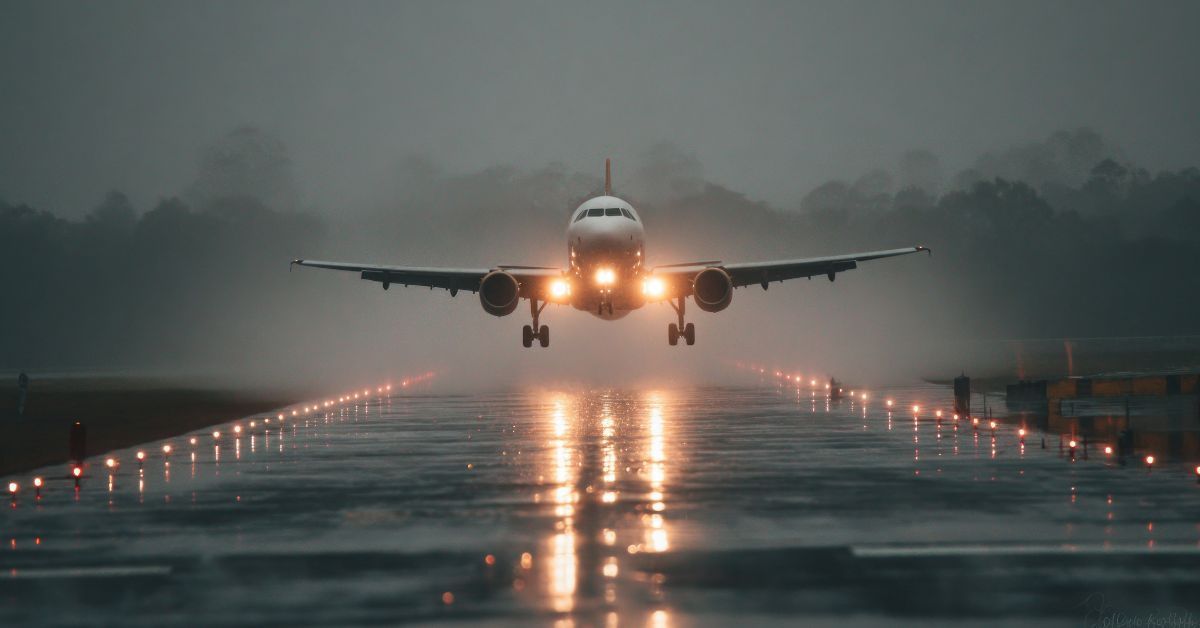How To Maintain Proficiency After Getting Your Pilot License
Earning your pilot license represents a significant milestone in your aviation journey, but it marks the beginning rather than the end of your learning process. Many newly licensed pilots discover that maintaining proficiency requires ongoing commitment and deliberate practice. The Federal Aviation Administration (FAA) recognizes this challenge and establishes minimum currency requirements, yet knowing how to maintain proficiency after getting your pilot license extends far beyond these basic standards.
Understanding Currency vs. Proficiency Requirements
Currency requirements represent the minimum legal standards you must meet to act as a pilot in command of an aircraft. The FAA requires three takeoffs and landings within the preceding 90 days to carry passengers during daylight hours. Night currency demands three takeoffs and landings to a complete stop within the preceding 90 days, between one hour after sunset and one hour before sunrise. These requirements ensure basic operational familiarity but don’t guarantee optimal skill levels.
Proficiency encompasses a broader range of skills, including situational awareness, decision-making abilities, and smooth aircraft handling under various conditions. True proficiency means you can safely handle unexpected situations, changing weather conditions, and equipment malfunctions with confidence. Many experienced pilots maintain currency while allowing their actual flying skills to deteriorate through infrequent practice or repetitive, unchallenging flights.
Establishing a Regular Flying Schedule
Scheduling a routine flight directly impacts skill retention and confidence levels in aviation operations. Pilots who regularly fly maintain better muscle memory, situational awareness, and decision-making capabilities than those who fly sporadically. Schedule regular flights at least once every two weeks, treating them as non-negotiable appointments for your aviation development. Plan these flights with specific objectives rather than simply accumulating flight time without purpose.
Consider establishing partnerships with other pilots to share aircraft costs and maintain regular flying schedules together. Flying clubs often provide excellent opportunities for frequent, affordable flying while building relationships with other aviation enthusiasts. Weather contingency plans ensure you can maintain consistency even when conditions prevent your originally planned flights.
Regularly Practicing Emergency Procedures
Emergency procedures require regular practice to maintain proficiency, as these critical skills deteriorate rapidly without consistent reinforcement. Practice engine failures, electrical failures, and navigation equipment malfunctions during each flight when conditions permit safe execution. Review emergency checklists before every flight and periodically practice them from memory to build automatic responses. Simulator sessions provide excellent opportunities to practice emergency scenarios that would be dangerous in actual flight conditions.
Work with certified flight instructors to practice emergency procedures under controlled conditions where you can make mistakes safely. Many pilots avoid practicing hypothetical emergencies because they find them stressful, but this avoidance leads to decreased preparedness for actual emergencies. Document your emergency procedure practice sessions to track areas needing additional attention and ensure comprehensive coverage of potential scenarios.

Continuing Education Through Ground Study
Ground study reinforces flight skills and introduces new concepts that enhance your aviation knowledge and safety awareness. Dedicate time weekly to reviewing aviation publications, regulatory updates, and weather theory to maintain a sharp theoretical understanding. Online courses, aviation magazines, and pilot forums provide valuable learning opportunities that complement practical flight experience. Current weather products, airspace changes, and regulatory updates require ongoing attention to maintain legal compliance and operational safety.
Aviation technology continues evolving rapidly, introducing new equipment, procedures, and safety systems that require ongoing education to utilize effectively. Participate in aviation webinars, attend local pilot meetings, and engage with experienced aviators to expand your knowledge base. Ground study sessions with other pilots create accountability and provide opportunities to discuss challenging concepts or recent flying experiences.
Seeking Additional Training Opportunities
Pursuing additional ratings and endorsements maintains learning momentum while expanding your aviation capabilities and knowledge base significantly. Instrument rating training dramatically improves your weather decision-making abilities and aircraft handling precision, even during visual flight conditions. Commercial pilot training enhances your understanding of advanced aerodynamics, complex aircraft systems, and professional aviation standards. Tailwheel endorsements improve your rudder coordination and aircraft handling skills that transfer to all aircraft types.
Consider pursuing a private pilot license in Colorado Springs if you’re relocating or want training in challenging mountain flying environments that develop advanced skills. Mountain flying courses, aerobatic training, and seaplane ratings provide unique challenges that enhance your piloting abilities. These specialized training programs expose you to different flying environments and techniques that broaden your aviation experience.
Flying With Experienced Pilots
Flying with experienced pilots provides invaluable learning opportunities and exposes you to different techniques and decision-making processes. Experienced aviators share practical knowledge that textbooks and formal training programs cannot fully convey through real-world examples. Observe how seasoned pilots handle routine operations, weather decisions, and unexpected situations during shared flights. Ask questions about their decision-making processes and learn from their accumulated experience and wisdom.
Safety pilot arrangements allow you to practice instrument procedures while building relationships with other pilots in your community. Cross-country trips with experienced pilots expose you to different airports, airspace, and geographic challenges while learning from their navigation techniques. Local pilot groups often organize fly-ins and aviation events that provide networking opportunities and learning experiences.
Maintaining Physical and Mental Fitness
Physical fitness directly impacts your ability to handle aircraft controls smoothly and maintain alertness during long flights or challenging conditions. Regular exercise improves your stamina, reduces fatigue, and enhances your health for safe flying operations. Mental fitness through stress management, adequate sleep, and proper nutrition ensures optimal decision-making capabilities and situational awareness. Aviation medical examiners emphasize the importance of health in maintaining safe flying privileges throughout your aviation career.
Monitor your minimums regarding weather conditions, aircraft complexity, and flight duration to ensure you don’t exceed your current skill levels. Honest self-assessment prevents you from attempting flights beyond your current capabilities while identifying areas requiring additional practice or training. Fatigue, stress, and health issues can significantly impact your flying performance and decision-making abilities.

Weather Flying and Decision Making
Weather decision-making skills require constant practice and education as meteorological conditions present constantly changing challenges for pilots. Study actual weather scenarios, compare forecast accuracy with actual conditions, and analyze your weather-related decisions after each flight. Practice interpreting weather products, understanding forecast limitations, and developing personal weather minimums that reflect your current skill level. Weather flying skills improve through careful, gradual exposure to challenging conditions with appropriate safety margins.
Consider pursuing instrument training even if you primarily plan visual flight operations, as instrument skills dramatically improve weather understanding and decision-making. Weather theory, forecasting principles, and practical weather flying experience create comprehensive weather knowledge that enhances flight safety significantly.
Building a Support Network
Aviation communities provide ongoing support, learning opportunities, and motivation for maintaining and improving your flying skills throughout your aviation career. Join local pilot associations, flying clubs, and online aviation communities to connect with pilots sharing similar interests and challenges. Experienced pilots often willingly share knowledge and provide mentorship for newer aviators seeking to improve their skills. Aviation events, fly-ins, and social gatherings create opportunities to learn from others’ experiences and maintain enthusiasm for flying.
Setting Personal Flying Goals
Establish specific, measurable flying goals that challenge you to continue learning and improving your aviation skills beyond basic proficiency requirements. Goals include flying to new airports, mastering challenging approaches, or achieving specific performance standards during routine operations. Document your progress toward these goals and celebrate achievements to maintain motivation for ongoing improvement and skill development.
Maintaining proficiency after earning your pilot license requires ongoing commitment to learning, practice, and skill development throughout your aviation journey. Consistent flying schedules, emergency procedure practice, continuing education, and community involvement create comprehensive proficiency maintenance programs that ensure safe, confident flying operations. Remember that proficiency represents an ongoing process rather than a destination, requiring dedication and enthusiasm for lifelong learning in aviation.
